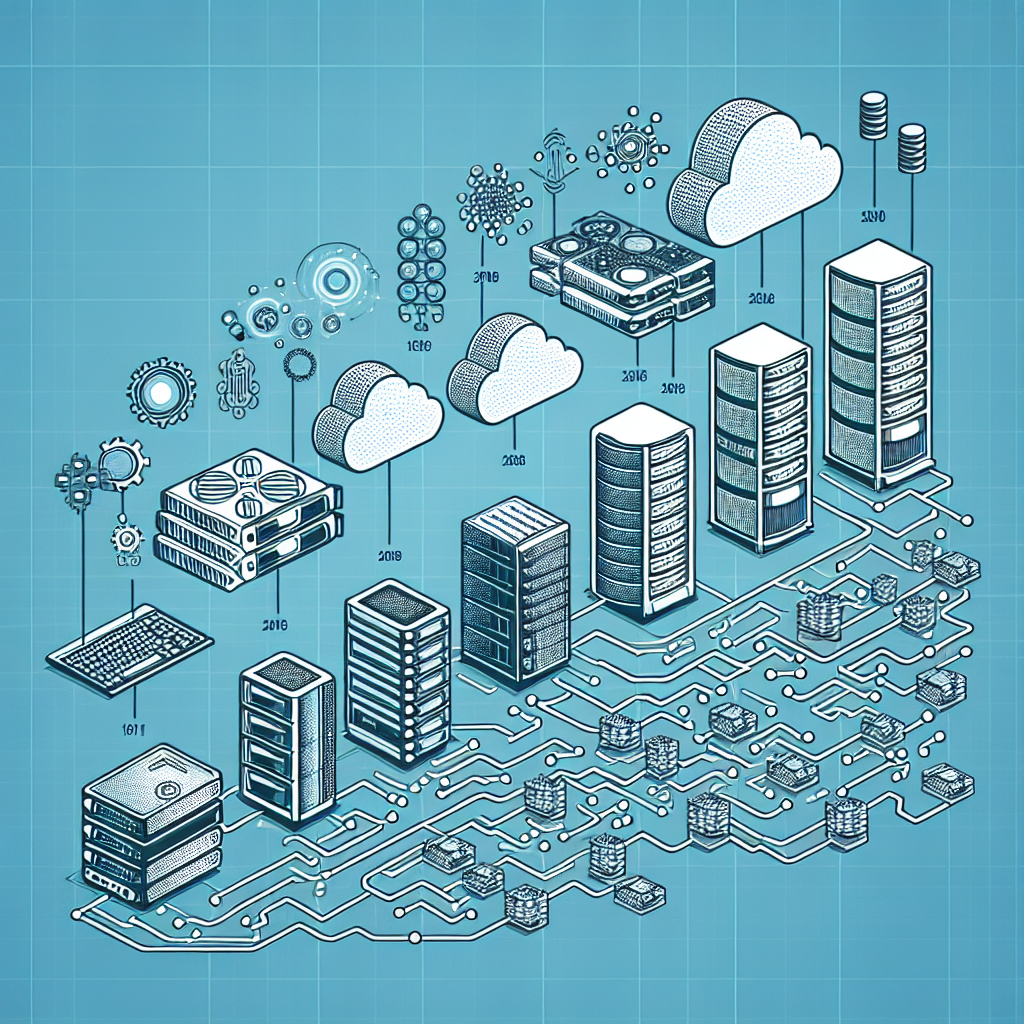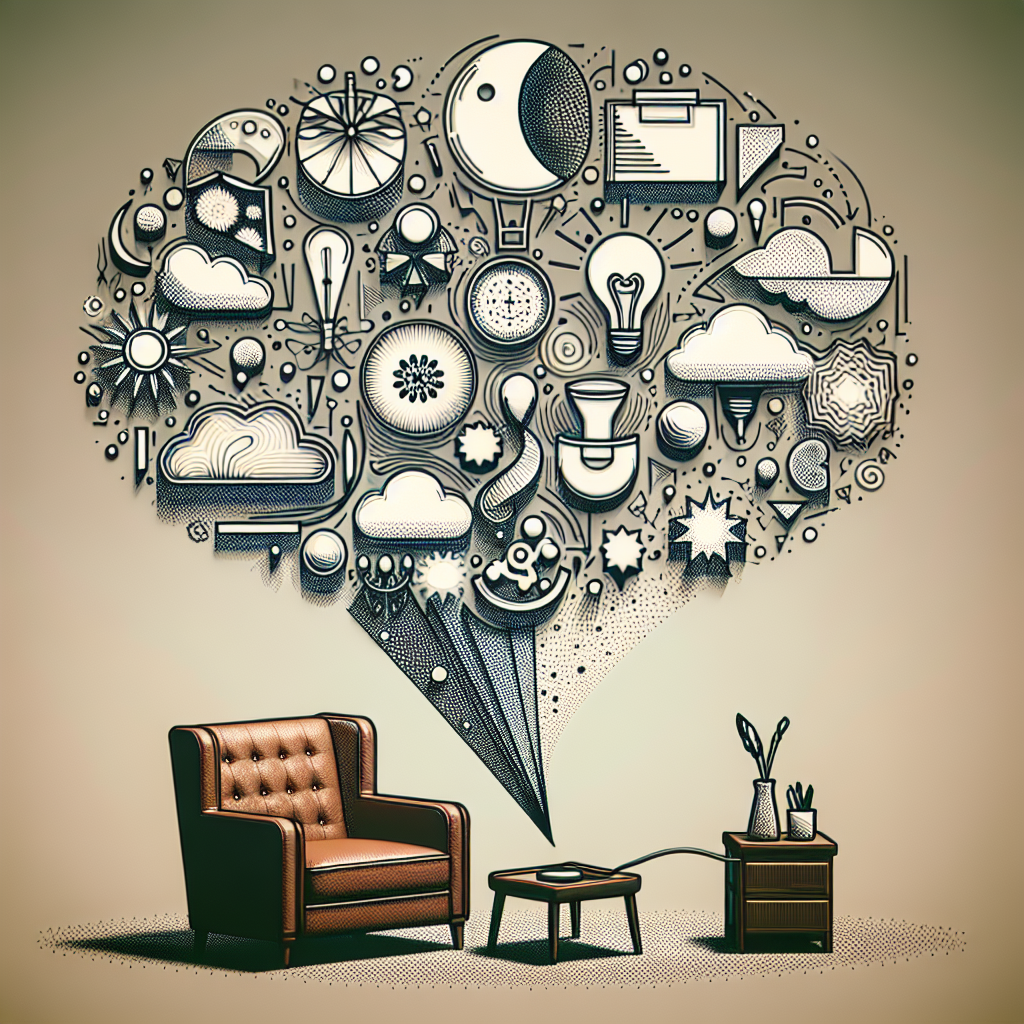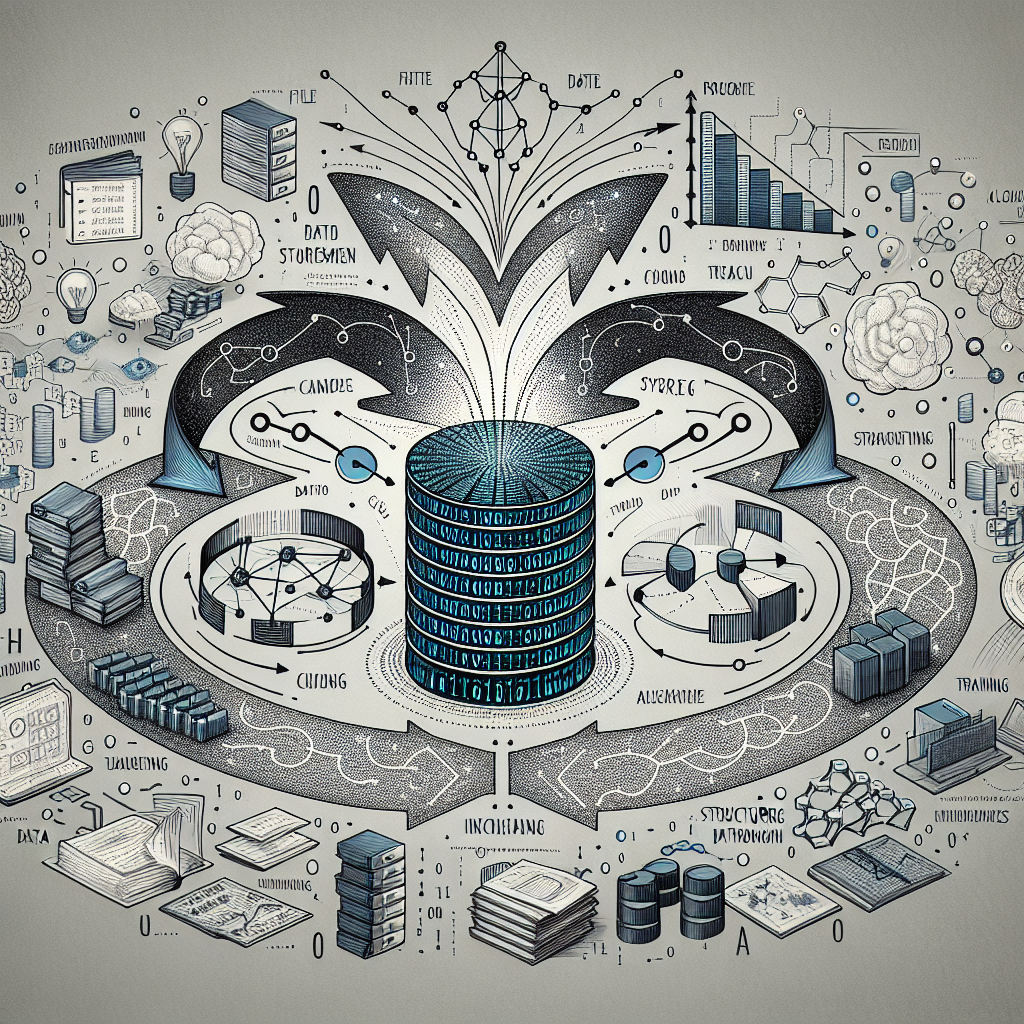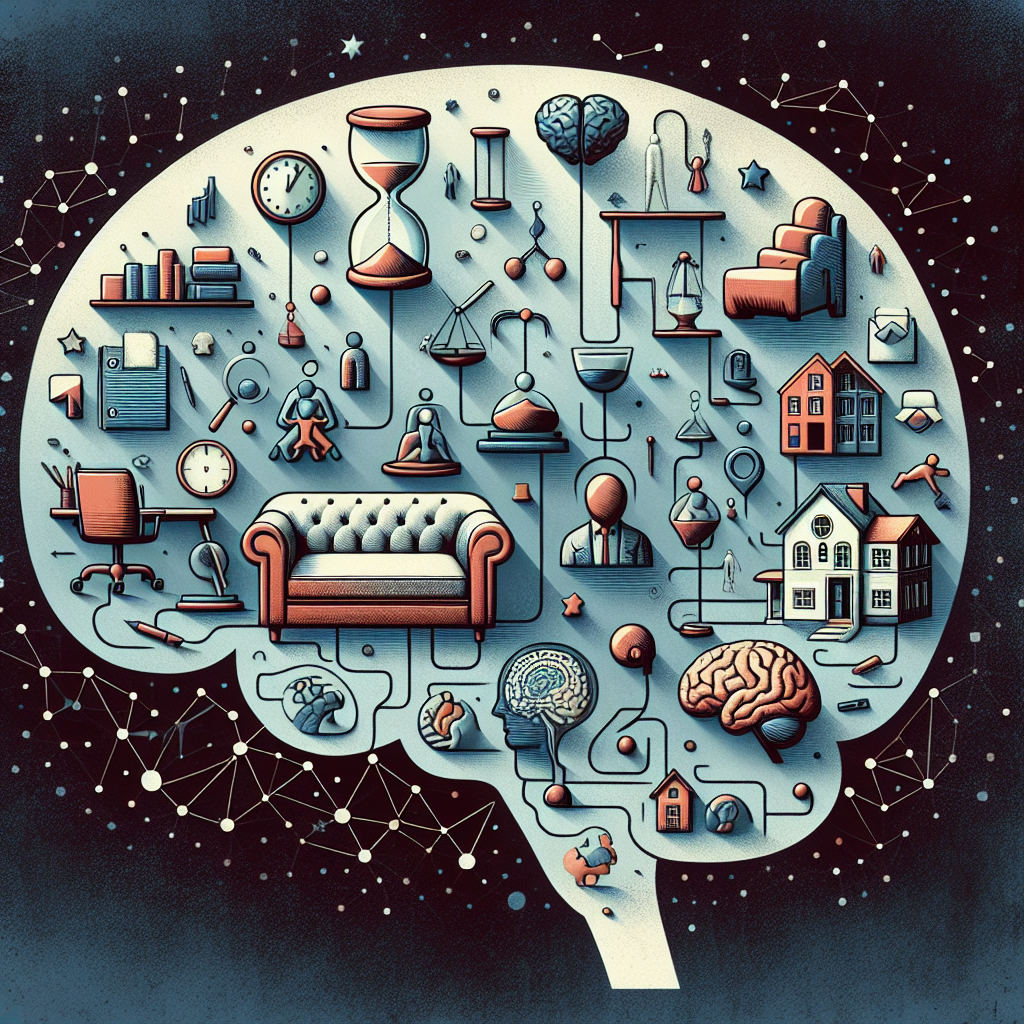In today’s digital age, data has become one of the most valuable assets for businesses. The ability to collect, store, and analyze vast amounts of data has become crucial for making informed decisions and gaining a competitive edge in the market. This has led to the rise of big data analytics and machine learning, two technologies that are revolutionizing the way companies use data to drive their business forward.
At the heart of these technologies are data centers, which play a crucial role in storing and processing the massive amounts of data required for big data analytics and machine learning. Data centers have evolved significantly over the years to meet the growing demands of these technologies, moving from simple data storage facilities to sophisticated hubs of data processing and analysis.
One of the key developments in data centers supporting big data analytics and machine learning is the shift towards high-performance computing (HPC) systems. These systems are designed to handle the complex mathematical computations required for analyzing and processing large datasets. By using powerful processors and advanced algorithms, HPC systems can process data at lightning-fast speeds, enabling companies to extract valuable insights from their data in real-time.
Another important advancement in data centers is the integration of artificial intelligence (AI) and machine learning algorithms. These technologies are used to automate the process of data analysis, making it faster and more accurate. By using AI and machine learning, data centers can identify patterns and trends in data that would be impossible for humans to detect, allowing companies to make more informed decisions based on data-driven insights.
In addition to technological advancements, data centers have also evolved in terms of their physical infrastructure. Modern data centers are designed to be highly scalable and flexible, allowing companies to easily expand their storage and processing capabilities as their data needs grow. They also incorporate advanced security measures to protect sensitive data from cyber threats, ensuring that companies can trust their data is safe and secure.
Overall, the evolution of data centers in supporting big data analytics and machine learning has been instrumental in enabling companies to harness the power of data to drive their business forward. By investing in advanced data center technologies, companies can unlock valuable insights from their data, gain a competitive edge in the market, and ultimately, achieve success in the digital age.










